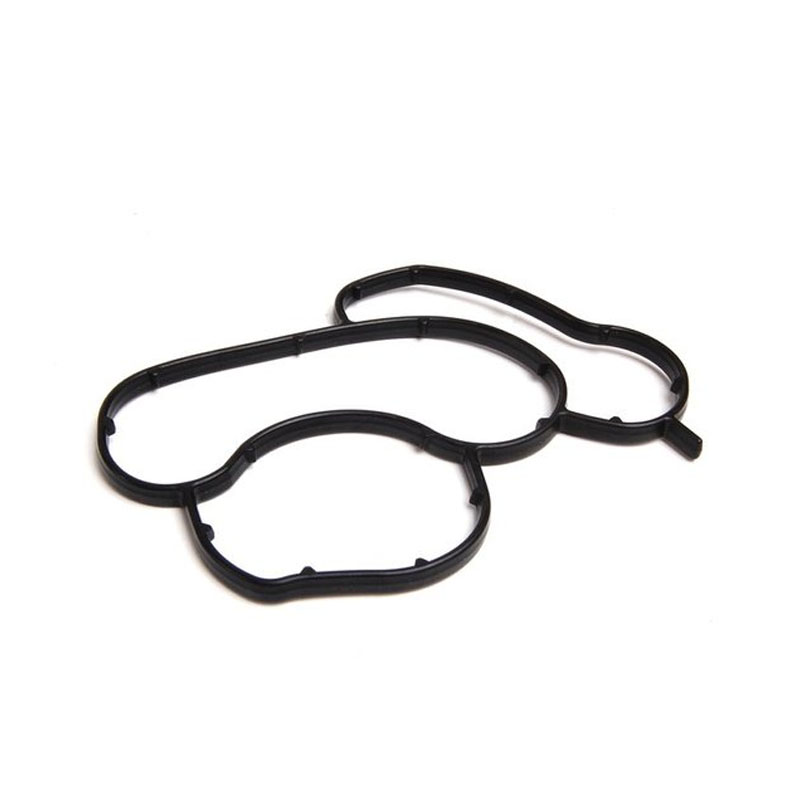VW Crankshaft Seal Replacement and Maintenance Guide for Optimal Performance
Understanding VW Crankshaft Seals Importance and Maintenance
The crankshaft seal is a vital component in any automotive engine, especially in Volkswagen (VW) vehicles. This small but significant part serves as a barrier to prevent engine oil leakage while also keeping contaminants out of the engine itself. Understanding the function, importance, and maintenance of VW crankshaft seals can help car owners prolong the life of their vehicles and ensure optimal performance.
What is a Crankshaft Seal?
The crankshaft seal, often referred to as the rear main seal in the context of VW engines, is located at the point where the crankshaft exits the engine block. It serves two primary purposes it prevents the engine oil from leaking out and protects the internal engine components from dirt, dust, and other contaminants. Typically made from rubber or synthetic materials, these seals are designed to withstand high temperatures and pressures, ensuring that they maintain their integrity over time.
Importance of Crankshaft Seals
In VW vehicles, the crankshaft seal plays a crucial role in maintaining engine health. A functioning seal keeps oil where it is needed, ensuring proper lubrication of engine parts, which in turn reduces wear and tear. If the crankshaft seal fails, it can lead to significant oil leaks. These leaks not only waste oil but also lead to decreased engine performance and can cause catastrophic engine failure if not addressed promptly.
Moreover, an oil leak from the crankshaft seal can lead to oil pooling under the vehicle, which is not only an environmental hazard but can also pose safety risks if the oil leaks onto hot engine components or the road. Maintaining the integrity of the crankshaft seal is, therefore, essential not just for the vehicle's performance but also for safety and environmental responsibility.
Signs of a Failing Crankshaft Seal
vw crankshaft seal

Owners of VW vehicles should be vigilant for signs of a failing crankshaft seal. Common symptoms include
1. Oil Leaks The most obvious sign is an oil leak that may be noticeable under the vehicle or around the engine. 2. Low Oil Levels Frequent need for oil top-ups can indicate a problem with the seal. If you find yourself adding oil regularly, it may be worth inspecting the crankshaft seal. 3. Oil on the Crankcase If you notice oil pooling around the crankcase or a wet appearance near the seal, it could indicate that the seal is no longer effective. 4. Engine Performance Issues Poor performance, unusual noises, or overheating can also be a result of compromised engine oil levels leading back to a faulty crankshaft seal.
Maintenance and Replacement
Maintaining the crankshaft seal is primarily about keeping up with regular vehicle inspections and oil changes. During routine maintenance, mechanics should check for any signs of wear or leakage around the seal. If a leak is detected, it’s essential to address it immediately to avoid potential damage to the engine.
Replacing a crankshaft seal can be a complex task that often requires significant disassembly of the engine components. Therefore, it is usually recommended that this task be performed by a skilled mechanic familiar with VW vehicles. The cost of replacement may vary, but addressing the issue promptly can save owners from more costly repairs in the long run.
Conclusion
In summary, the crankshaft seal is a crucial component of VW engines that should not be overlooked. Regular maintenance and awareness of the signs of wear can help ensure that this small part continues to function effectively, keeping your engine healthy and your vehicle performing at its best. Regular check-ups and timely replacements when necessary can save vehicle owners from expensive repairs and extend the life of their VW cars significantly. Ignoring these simple preventive measures could lead to substantial repercussions down the line, making it a priority for every dedicated VW owner.
-
Understanding the Front Main Engine Seal: Purpose, Maintenance, and Installation
News Jul.29,2025
-
Understanding O-Rings and Seal Rings: Types, Applications, and Custom Solutions
News Jul.29,2025
-
Understanding Crankshaft Oil Seals: Rear Seals, Pulley Seals, and Their Role in Engine Integrity
News Jul.29,2025
-
The Importance of Front and Rear Crankshaft Seals in Engine Performance and Oil Management
News Jul.29,2025
-
Crank Oil Seals: Functions, Types, and Cost Considerations in Engine Maintenance
News Jul.29,2025
-
A Comprehensive Guide to O-Rings and Seals: Types, Materials, and Global Applications
News Jul.29,2025
-
Mastering Diesel and Performance Engine Maintenance: A Guide to Critical Oil Gaskets
News Jul.28,2025
Products categories















